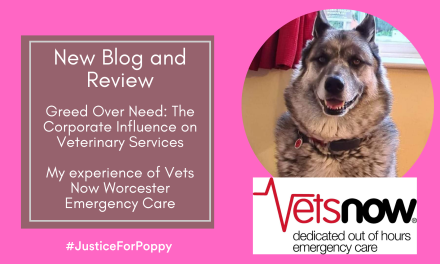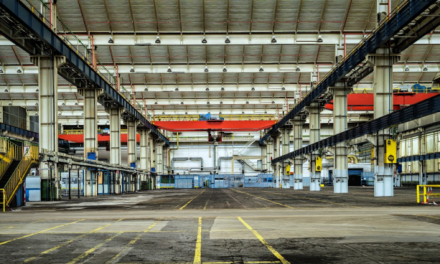In today’s fast-paced world of e-commerce and online shopping, the importance of choosing the right postal packaging cannot be overstated. From materials and sizes to sustainability and branding, we’ve got you covered.
The primary function of postal packaging is to safeguard your products during transit. It should shield them from damage, moisture, and other external factors. Choosing the wrong packaging material or size can lead to product damage and unhappy customers. Moreover, secure packaging can prevent theft and tampering, ensuring that your products reach their destination intact.
Key Factors to Consider
Now that we’ve established the importance of postal packaging, whether you need bubble mailers or cardboard tube packaging, let’s explore the key factors you should consider when making your selection.
- Packaging Material
The choice of packaging material is crucial, as it impacts both the environment and your budget. Here are some common options:
- Cardboard
- Bubble Mailers
- Poly Mailers
- Corrugated Boxes
2. Size Matters
Selecting the right size of packaging is essential to minimize shipping costs and reduce waste. Oversized packaging not only increases shipping expenses but also generates unnecessary waste, contributing to environmental concerns. Conversely, packaging that is too small can damage products during transit.
To determine the right size:
- Measure your products accurately, considering dimensions and weight.
- Choose packaging that allows for some cushioning or padding without excessive empty space.
- Opt for packaging that accommodates various product sizes if you offer a range of items.
- Customization and Branding
Your postal packaging is an opportunity to reinforce your brand identity and make an impact on your customers. Consider the following branding elements:
- Logo and Colors
Incorporate your brand logo and colors into your packaging design. This creates a cohesive and recognizable brand image. Custom packaging not only looks professional but also makes your parcels stand out. - Personalized Messages
Include personalized thank-you notes or messages inside your packages. This small gesture can go a long way in building customer loyalty and satisfaction. - Unboxing Experience
Think about how your customers will experience unboxing your products. Creating an enjoyable unboxing experience can lead to social media sharing and positive reviews.
- Cost-Efficiency
Balancing quality and cost-efficiency is a key consideration when choosing postal packaging. While high-quality packaging can enhance your brand’s reputation, it should also fit within your budget. Evaluate the following cost-related factors:
- Bulk Ordering
Consider ordering packaging materials in bulk to take advantage of volume discounts. This can significantly reduce your packaging costs in the long run. - Shipping Expenses
Remember that the size and weight of your packaging affect shipping costs. Choosing the right packaging size can help you optimize shipping expenses. - Sustainability Investments
While sustainable packaging may have a higher upfront cost, it can attract eco-conscious consumers and potentially increase sales. Calculate the return on investment (ROI) for sustainable packaging in terms of brand reputation and customer loyalty. - Security and Tamper-Evidence
Ensuring the security of your products during transit is paramount. Look for packaging options that provide tamper-evident features like adhesive seals, tamper-resistant tape, or security labels. These measures not only protect your products but also build trust with your customers.
Step-by-Step Guide to Choosing the Right Postal Packaging
To make the process of selecting the right postal packaging for your business even more straightforward, let’s break it down into a step-by-step guide:
Step 1: Assess Your Products
Start by thoroughly understanding the nature of the products you ship. Consider their size, weight, fragility, and any special requirements for protection.
Step 2: Determine Your Budget
Set a budget for packaging materials. Remember to factor in the cost of customization if you plan to brand your packaging.
Step 3: Choose the Packaging Material
Based on your product assessment, select the most appropriate packaging material. Cardboard, bubble mailers, poly mailers, corrugated boxes, or sustainable options – weigh the pros and cons of each.
Step 4: Measure and Size Appropriately
Accurately measure your products and choose packaging that accommodates them with some room for cushioning. Avoid oversized packaging to save on shipping costs.
Step 5: Consider Sustainability
If sustainability aligns with your brand values, explore eco-friendly packaging materials and customization options. Calculate the long-term benefits of investing in sustainable packaging.
Step 6: Customize Your Packaging
Incorporate your brand logo, colors, and personalized messages into your packaging design. Create an engaging unboxing experience for your customers.
Step 7: Ensure Security
Choose packaging options with tamper-evident features to protect your products and build trust with your customers.
Step 8: Test and Evaluate
Before committing to a specific packaging solution, conduct tests to ensure it meets your requirements for product protection and cost-efficiency.
Step 9: Place Your Order
Order packaging materials in bulk to take advantage of discounts and cost savings. Ensure you have an efficient inventory management system in place.
Step 10: Monitor and Adapt
Continuously monitor customer feedback and adapt your packaging choices accordingly. Stay up-to-date with industry trends and new packaging innovations.
Conclusion
Choosing the right postal packaging for your business is a crucial decision that can impact your brand image, customer satisfaction, and bottom line!

















